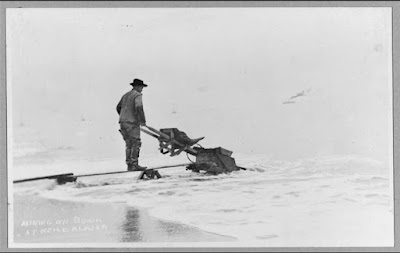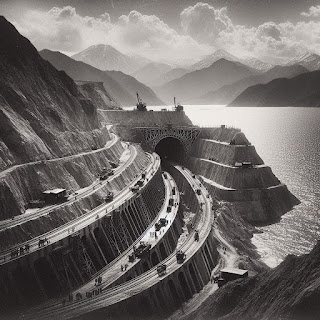PCA Archives
John McCasey was born between 1819 and 1825 in Ireland. At some point, he immigrated to the United
States and settled in Luzerne County, Pennsylvania. He seems to have had a rather good education,
enabling him to work as a machinist, mining engineer and metallurgist
throughout his life.
At the outbreak
of the Civil War, McCasey enlisted as a private in Company E, 8th Pennsylvania Infantry,
on April 18, 1861. He and Cornelia
Connolly were married before a priest on June 4, 1861, in Scranton,
Pennsylvania.
McCasey was soon promoted to the
rank of captain in Company K, 110th Pennsylvania Infantry. However, he resigned his commission on July
29, 1861, stating that ill health made him unfit to perform his duties. He returned home to recuperate, where his and
Cornelia’s first child, William Francis, was born on August 12 of the following
year.
McCasey reenlisted briefly on July
1, 1863, in Company B, 41st Pennsylvania Emergency Militia, an ad hoc unit raised to defend the state
from the Confederate advance toward Gettysburg.
He was discharged on August 3, 1863.
Following the Civil War, McCasey
found work as a machinist. He and
Cornelia, or Lillie as she was called, had eight children, although only four
lived to adulthood.
The 1880 federal census of Jersey
City, New Jersey, lists McCasey as a ‘silver miner’. Shortly after his oldest son turned 21,
McCasey moved to Arizona, while his wife Cornelia remained in Pennsylvania to
raise the rest of their children.
McCasey found work as a mining
engineer in the vicinity of the Harqua Hala Mine near Yuma. In 1889, he wrote a detailed description of
the ores and other minerals to be found there. In 1891, he discovered a significant onyx
deposit north of Cave Creek, Arizona.
John McCasey moved to Mesa,
Arizona, and set up an assay office there in 1893. After transferring his GAR membership to the
John Wren Owen GAR Post, he filed for and received Invalid Pension #865,681. He seems to have lost touch with his friends
back East, as his whereabouts were not known until one of his old Army
companions tracked him down through the GAR.
McCasey died February 23, 1895,
having been hospitalized for about three months with pulmonary tuberculosis. He was buried in Porter Cemetery.
His widow Cornelia filed for and received
a Civil War Widow’s pension, # 471,053. She
was living in the Bronx, New York City, when she died on June 29, 1919.
-Donna Carr

















